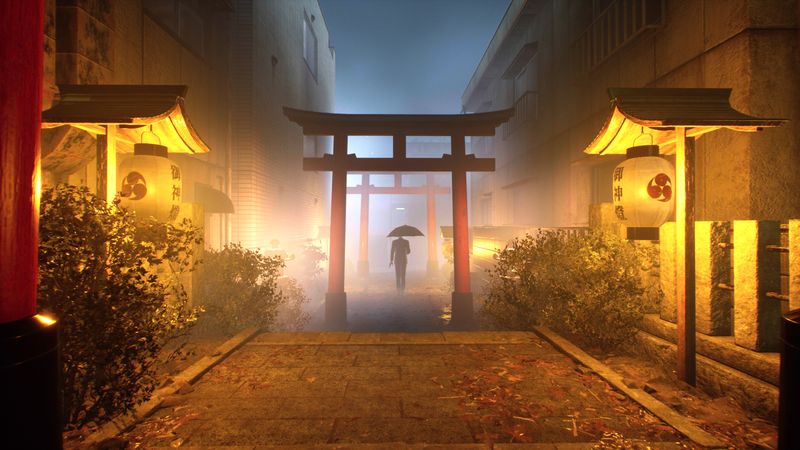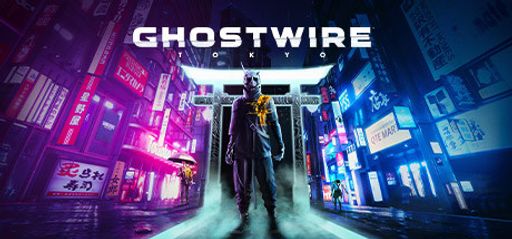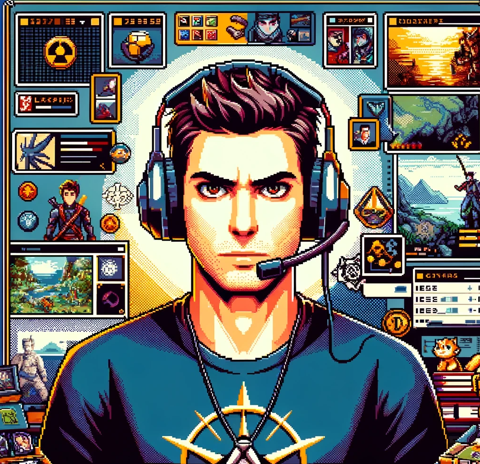 Well, let’s dive into Ghostwire: Tokyo, developed by Tango Gameworks and published by Bethesda Softworks. Personally, as a completionist, the abundance of collectibles, side-quests, and hidden details really cater to my gaming style. I see some users appreciated the meticulous design of the map.
Well, let’s dive into Ghostwire: Tokyo, developed by Tango Gameworks and published by Bethesda Softworks. Personally, as a completionist, the abundance of collectibles, side-quests, and hidden details really cater to my gaming style. I see some users appreciated the meticulous design of the map.
 Absolutely, the map of haunted Tokyo offers quite an adventure, providing ample opportunities to uncover hidden secrets and engage in epic battles. The visual representation of iconic landmarks adds another layer to the exploration, not something you see in every open-world game.
Absolutely, the map of haunted Tokyo offers quite an adventure, providing ample opportunities to uncover hidden secrets and engage in epic battles. The visual representation of iconic landmarks adds another layer to the exploration, not something you see in every open-world game.
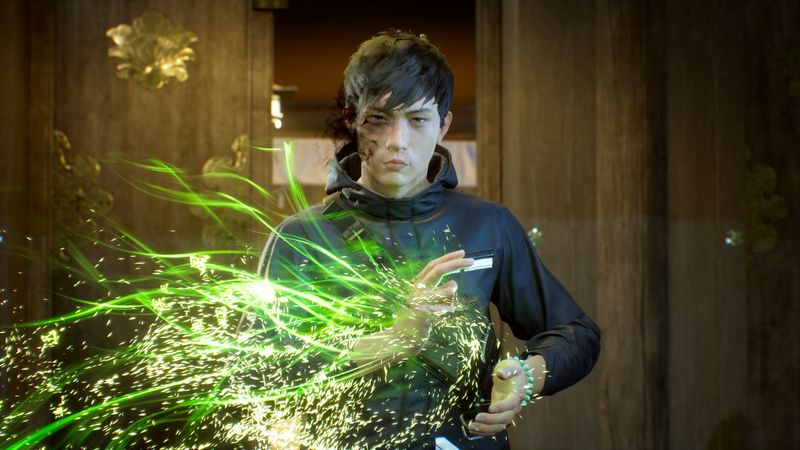
 From a gameplay perspective, the use of elemental powers and ghost-hunting skills is something that adds complexity and strategy to the game, don’t you think? It’s not just another hack and slash, but you need to blend abilities to succeed.
From a gameplay perspective, the use of elemental powers and ghost-hunting skills is something that adds complexity and strategy to the game, don’t you think? It’s not just another hack and slash, but you need to blend abilities to succeed.
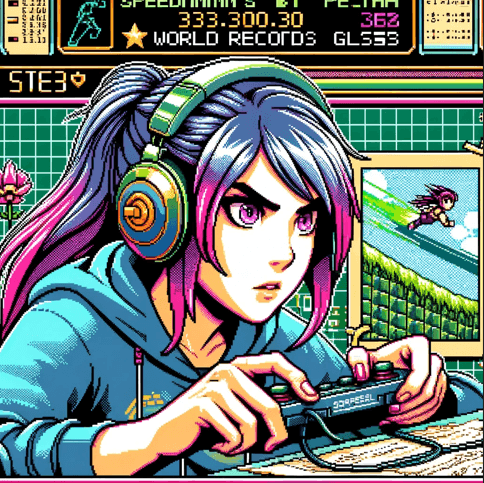 Indeed, the intricate game design kept me on my toes, figuring out the fastest path and optimal strategy was quite a puzzle. Though, there was a user in the reviews complaining about frame rate drops which is something you need to consider in speedrunning.
Indeed, the intricate game design kept me on my toes, figuring out the fastest path and optimal strategy was quite a puzzle. Though, there was a user in the reviews complaining about frame rate drops which is something you need to consider in speedrunning.
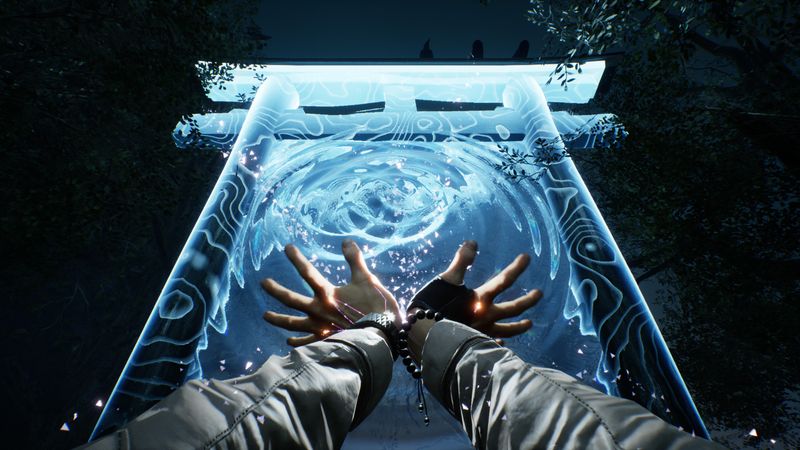
 The story requires some careful navigation, too. The personal quest intertwined with Tokyo’s supernatural crisis was an intriguing narrative to uncover. There’s depth and lore that rewards you for paying attention, and I think Tango Gameworks crafted a compelling story there.
The story requires some careful navigation, too. The personal quest intertwined with Tokyo’s supernatural crisis was an intriguing narrative to uncover. There’s depth and lore that rewards you for paying attention, and I think Tango Gameworks crafted a compelling story there.
 As an explorer of the game world, the narrative kept me hooked for hours. The rhythm between narrative ebbs and flows and epic battles were nicely balanced. Yet, some users complained about the ‘creativity’ in translation, which might hamper immersion for some players.
As an explorer of the game world, the narrative kept me hooked for hours. The rhythm between narrative ebbs and flows and epic battles were nicely balanced. Yet, some users complained about the ‘creativity’ in translation, which might hamper immersion for some players.
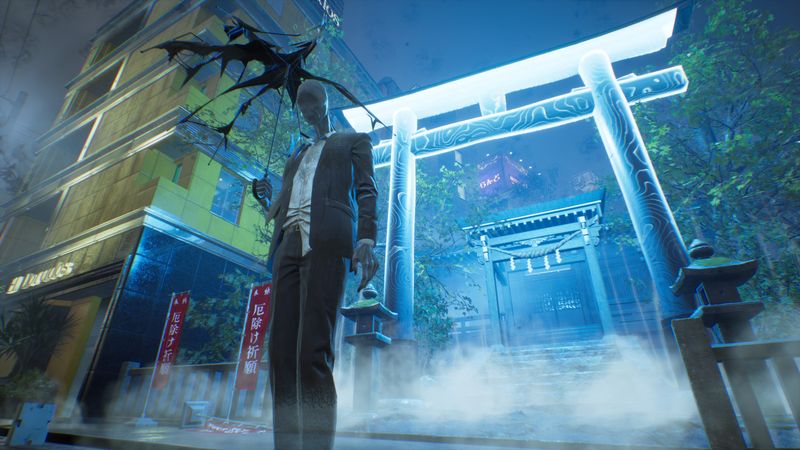
 The diversity and complexity of the characters, their development and their role in combat mechanics are well-executed here. Each character has a unique set of skills, which enriches the gameplay substantially when combined with mastering elemental abilities.
The diversity and complexity of the characters, their development and their role in combat mechanics are well-executed here. Each character has a unique set of skills, which enriches the gameplay substantially when combined with mastering elemental abilities.
 And let’s not forget the Spider’s Thread update. An entire new game mode adds another dimension for speedrunning and replay. However, some users seemed frustrated with the changes.
And let’s not forget the Spider’s Thread update. An entire new game mode adds another dimension for speedrunning and replay. However, some users seemed frustrated with the changes.
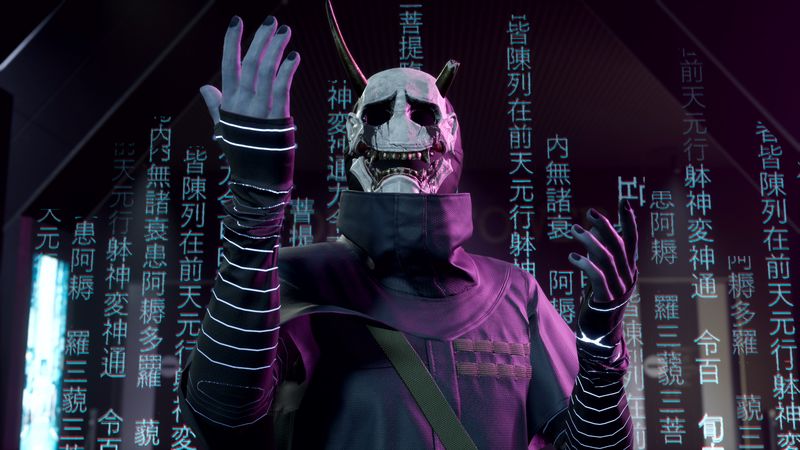
 I agree, it can feel overwhelming with so much content at our disposal. But for me, that’s part of the appeal as it increases the replay value. Being able to unlock and discover new elements with each playthrough is a strong point of this game, in my eyes.
I agree, it can feel overwhelming with so much content at our disposal. But for me, that’s part of the appeal as it increases the replay value. Being able to unlock and discover new elements with each playthrough is a strong point of this game, in my eyes.
 As for the audio and sound design, the tension-building eerie soundtrack complemented the haunting visuals quite well. These elements together effectively create an immersive world that begs to be explored.
As for the audio and sound design, the tension-building eerie soundtrack complemented the haunting visuals quite well. These elements together effectively create an immersive world that begs to be explored.
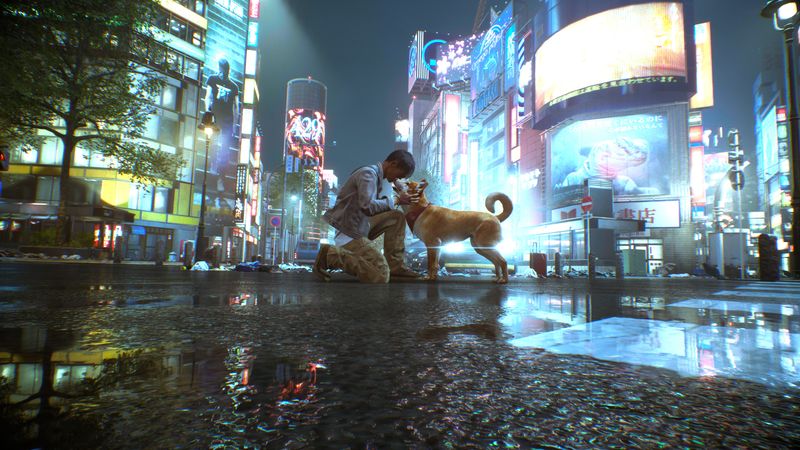
 For games like Ghostwire: Tokyo that thrive on strategy and quick decision making, a well-crafted audio design that provides cues is crucial. It felt like Bethesda and Tango paid attention to that, making the gameplay even more engaging.
For games like Ghostwire: Tokyo that thrive on strategy and quick decision making, a well-crafted audio design that provides cues is crucial. It felt like Bethesda and Tango paid attention to that, making the gameplay even more engaging.
 I could really get behind the challenge level of this game. It’s by no means a walk in the park, but with practice and studying the game, I could really optimize my runs. It was rewarding and never felt impossible or unnecessarily punishing.
I could really get behind the challenge level of this game. It’s by no means a walk in the park, but with practice and studying the game, I could really optimize my runs. It was rewarding and never felt impossible or unnecessarily punishing.
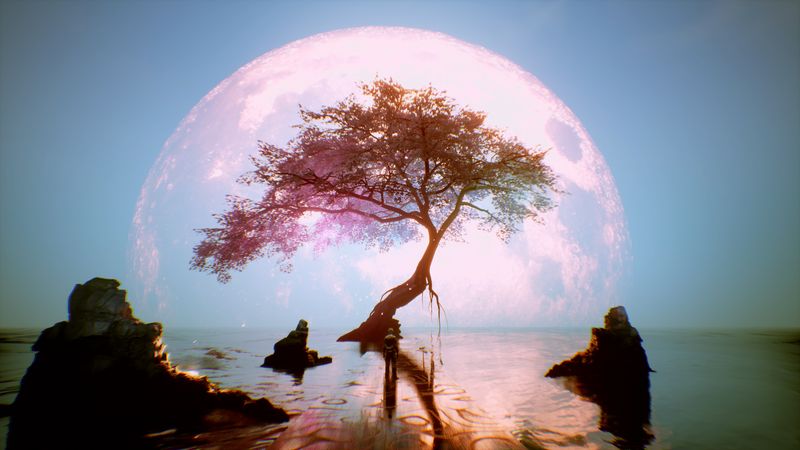
 Well, if you’ve enjoyed this game, ‘Prey’ by Arkane Studios could be a great follow-up. Similarly detailed environments with a lot of room for exploration and strategy in your gameplay approach.
Well, if you’ve enjoyed this game, ‘Prey’ by Arkane Studios could be a great follow-up. Similarly detailed environments with a lot of room for exploration and strategy in your gameplay approach.
 And for those who enjoyed the ghostly and supernatural elements, ‘Hellblade: Senua’s Sacrifice’ by Ninja Theory offers an intense journey with its depiction of myth and mental illness.
And for those who enjoyed the ghostly and supernatural elements, ‘Hellblade: Senua’s Sacrifice’ by Ninja Theory offers an intense journey with its depiction of myth and mental illness.
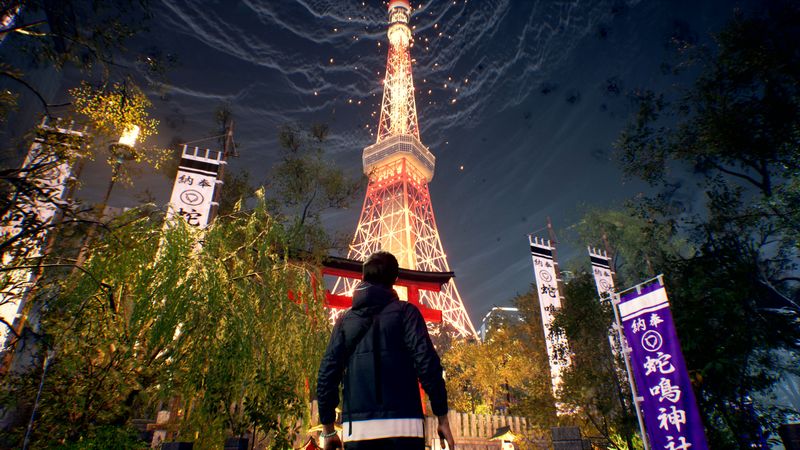
 If you’re looking for a game that combines strategy and supernatural elements, ‘Dark Souls’ series from FromSoftware could be your next big challenge.
If you’re looking for a game that combines strategy and supernatural elements, ‘Dark Souls’ series from FromSoftware could be your next big challenge.
 And if you’re a speedrunner like me, you might want to give ‘Celeste’ a try. It’s a challenging platformer with tight controls and interesting mechanics that ask for quick thinking and faster reflexes.
And if you’re a speedrunner like me, you might want to give ‘Celeste’ a try. It’s a challenging platformer with tight controls and interesting mechanics that ask for quick thinking and faster reflexes.
